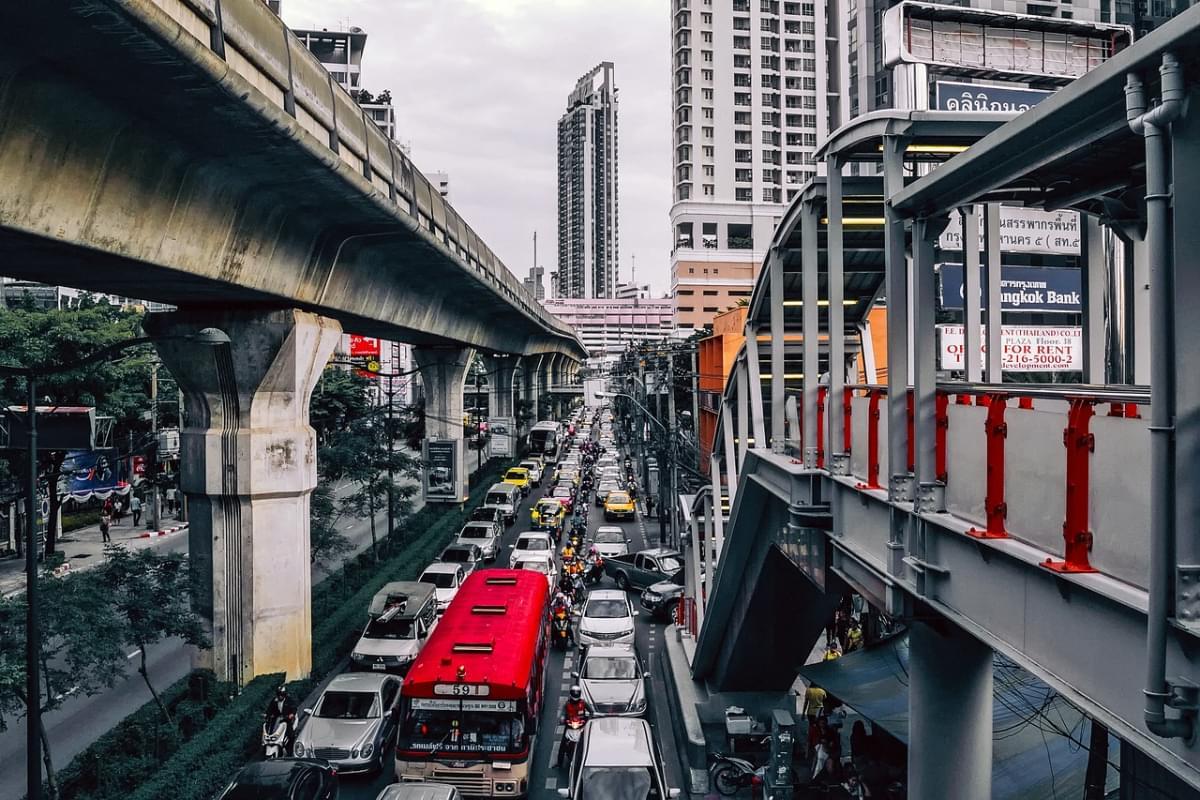
However, getting around Bangkok is surprisingly easy, thanks to its very efficient public transport system that allows you to minimise travel time and avoid getting stuck in traffic jams. If you have decided to visit this beautiful city, here is everything you need to know about getting around Bangkok: info, costs and tips!
Useful tips
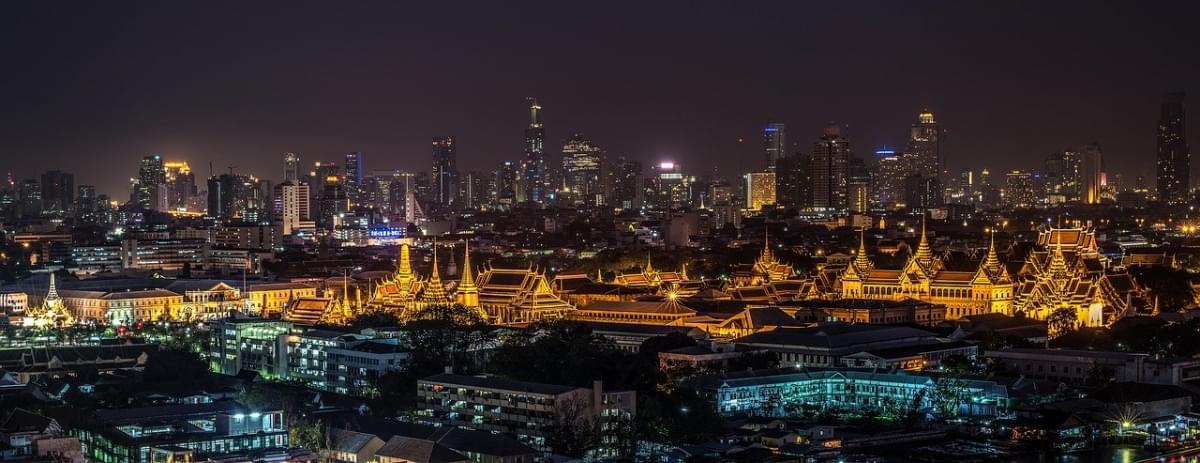
For short journeys, we suggest trying the fun experience in a tuk-tuk, a picturesque three-wheeled taxi used throughout South-East Asia and becoming almost its symbol. Given its shape, it is worth taking a ride along the river and through Bangkok's characteristic khlongs, the canals. Water taxis, boats and longtail boats give you the chance to see the city from another very impressive viewpoint.
Finally, in such large and complex cities, a good solution is thehop-on hop-off tourist bus, which allows an easy first approach to the city by identifying the main landmarks.
Recommended solutions and means of transport: skytrain, metro
Recommended solutions andmeans of transport: car and bus
Recommended city cards and passes: One-Day Pass (from 140.00 THB/€4.00), 3-Day Pass (from 230.00 THB/€6.60)
How to get from the airport to downtown Bangkok
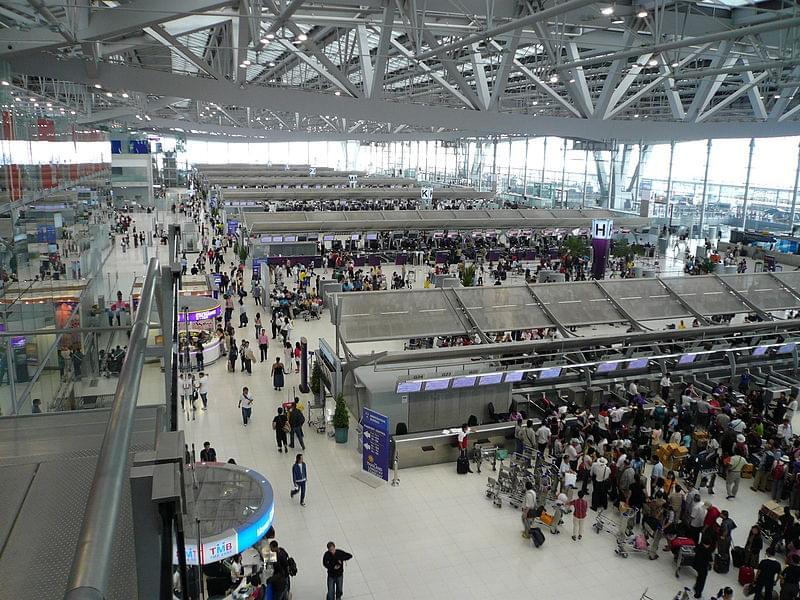
The historic and glorious Don Mueang (DMK) now operates mainly for domestic routes. It is located 23 kilometres north of the centre, and is only used by Air Asia and some low-cost airlines.
Suvarnabhum International Airport
From Suvarnabhum, theAirport Rail Link is the fastest way. The City Line runs to Phayathai Central Station with 6 intermediate stops and fares vary depending on the length of the journey (30 min, departures every 15 min, active 6:00-00:00). For the Public Taxi service, you have to book by taking a ticket from thetaxi queue machines or from one of the desks at doors 3, 4, 7 and 8 on Level 1 and then line up on the platform(lane) marked on the ticket. For thebus, take the free shuttle bus to the bus station and from there take the direct line to the centre; journey time is affected by traffic.
Distance to the centre: 30 km / travel time: 30-50 min
By train: City Line / ticket cost: THB 15.00 (€0.43) to THB 45.00 (€1.30)
By taxi: average cost THB 400.00-600.00 (€11.50-€17.30) / travel time: 40-50 min
By bus: average cost THB 24.00 (€0.65) / direct line to the centre
Private transfer: shared transfer to/from your hotel
Don Muang Airport
If you land at Don Muang, be aware that, among the various means of getting to the city, there are no trains; as for the buses, they run from 7:00/7:30 until midnight, with runs every 12/22 min. If, finally, you want to take a taxi, you have to make a reservation by taking a ticket at the Arrival Hall and wait your turn.
Distance to the centre: 23 km / travel time: 45-50 min
By taxi: average cost THB 500.00 (€13.00) / travel time: 50-60 min
Bybus: average cost THB 30.00 (less than €1.00) / A1 and A2 Airport Bus lines
Private transfer: one-way shared transfer to the hotel
Getting around on foot
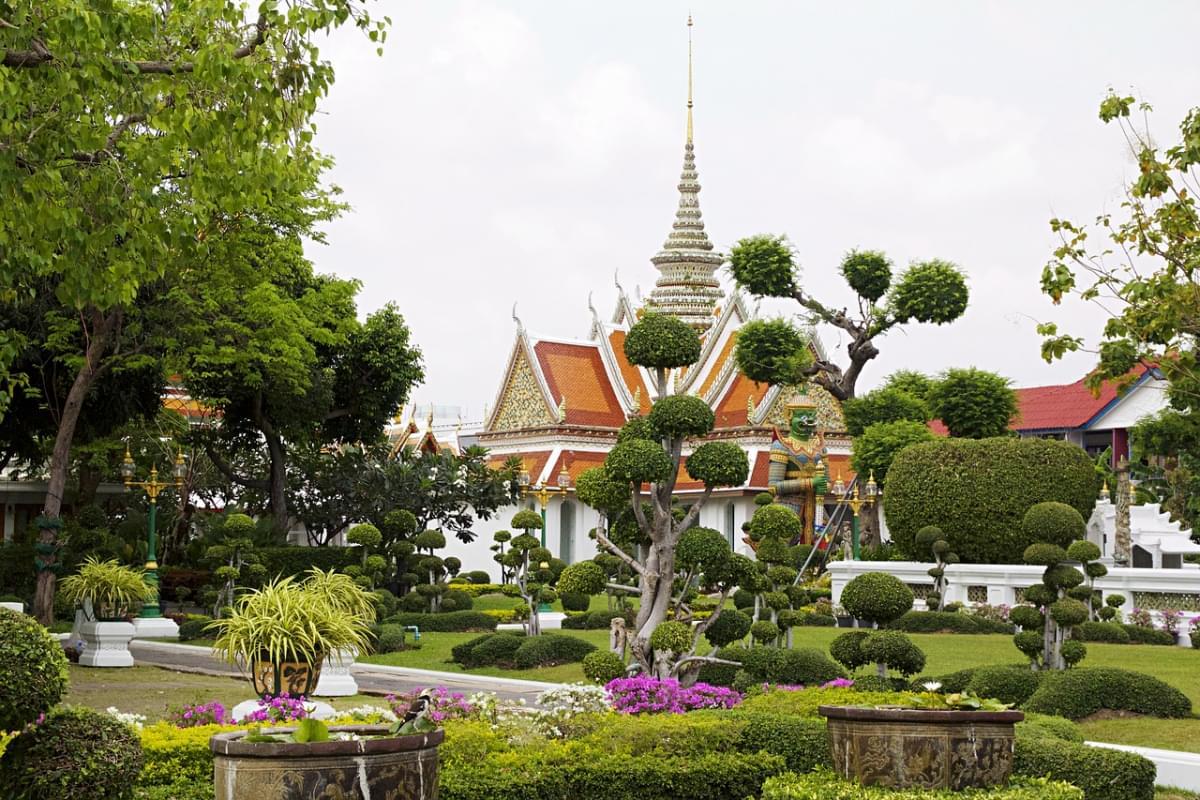
However, some districts, such as Banglamphu, Chinatown and Khao San Road lend themselves well to a pleasant walk. When moving on foot, be very careful when crossing the street; if there is a possibility, use one of the many pedestrian flyovers, otherwise try to cross by joining a large group of other pedestrians. Remember that a green light is no guarantee of survival!
By public transport
Apart from its vastness, Bangkok is famous for its traffic. In order not to waste precious time getting stuck in traffic, our advice is to make use mainly of the skytrain and metro, the fastest and most convenient means of getting around the city. Modern, equipped with air-conditioned carriages and with frequent rides, they allow you to explore the city quickly, reaching all the major sights without too much hassle. Single fares vary according to the mileage travelled, but much cheaper day passes are also available.
BTS Skytrain
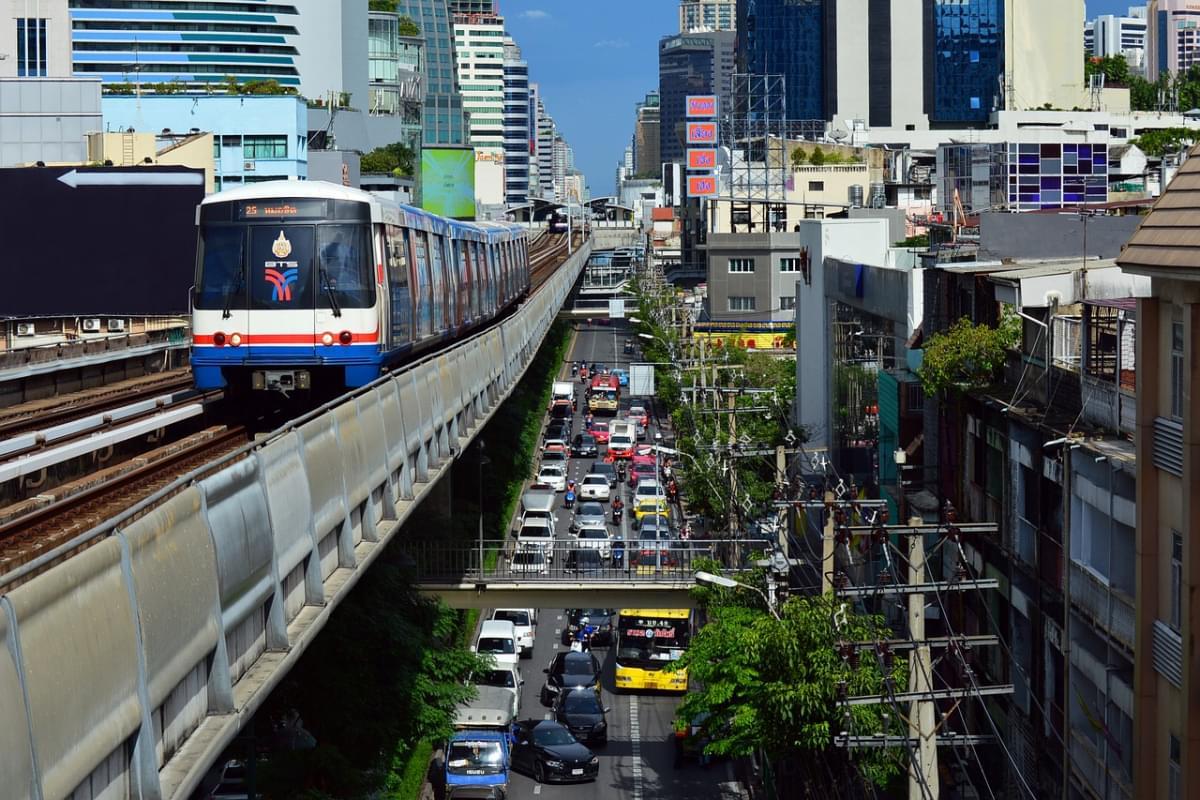
Fares start at THB 15 (€0.40) for one stop, and increase according to the number of kilometres travelled. It operates from 6 a.m. until midnight with very frequent rides and works in effect like the metro: after getting your ticket, you can go to the platform and wait for your train. Being modern vehicles, they are air-conditioned and have self-closing doors, just like the metro. Tickets and passes can be purchased at ticket machines or at counters.
Downloadable map: official website
Hours: 6:30am to midnight
Ticketprice/single journey: THB 15.00 (€0.40) to THB 52.00 (€1.50)
Ticket booklet/subscription cost: One-Day Pass (THB 140.00/€4.00); 3-Day Pass (THB 230.00/€6.60)
MRT Subway
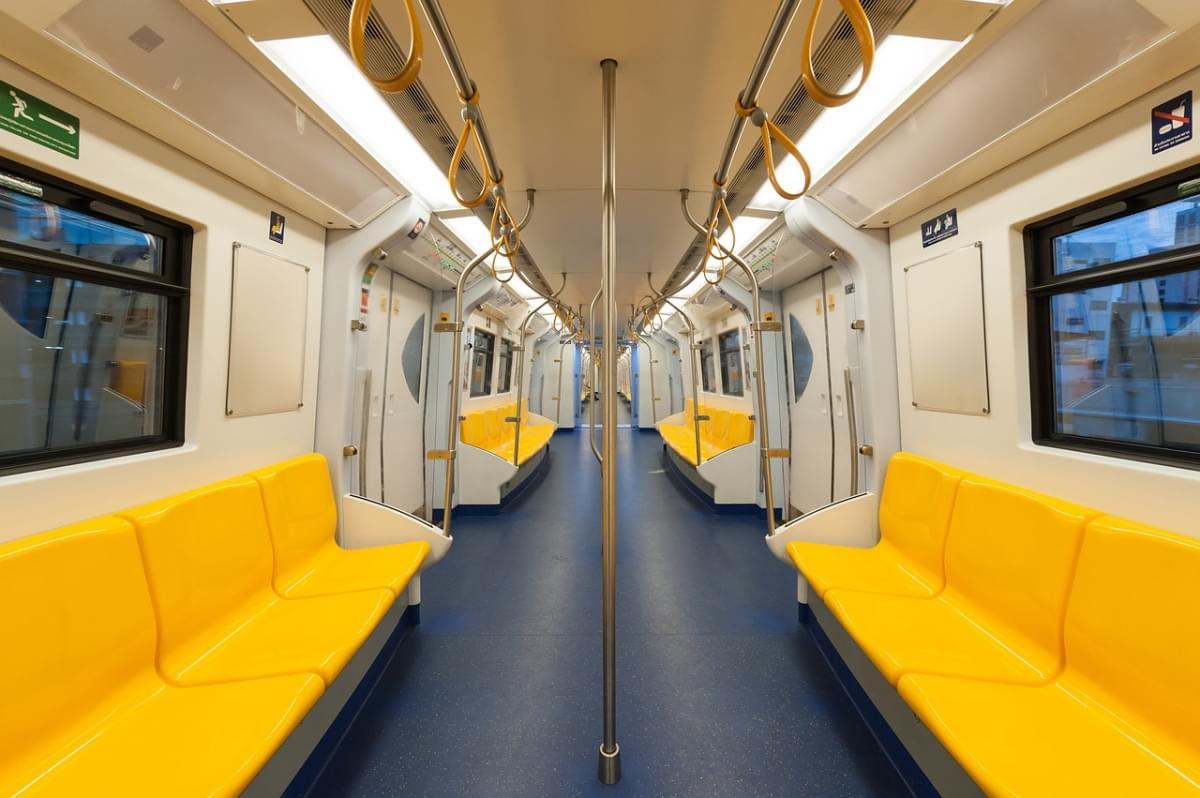
As we said, the prices are cheap: the single ride varies from 16.00 to 41.00 baht (€0.45-1.20) depending on the distance, but as with the skytrain it is possible to buy discounted passes with unlimited rides at counters and vending machines.
Downloadable map: click here
Hours: 6:30 a.m. to midnight
Ticketprice/single journey: THB 16.00 (€0.45) to THB 41.00 (€1.20)
Ticket/subscription cost: One-Day Pass (THB 140.00/€4.00); 3-Day Pass (THB 230.00/€6.60), Monthly Pass (THB 1,400.00/€39.80).
By Boat along the Chao Phraya River
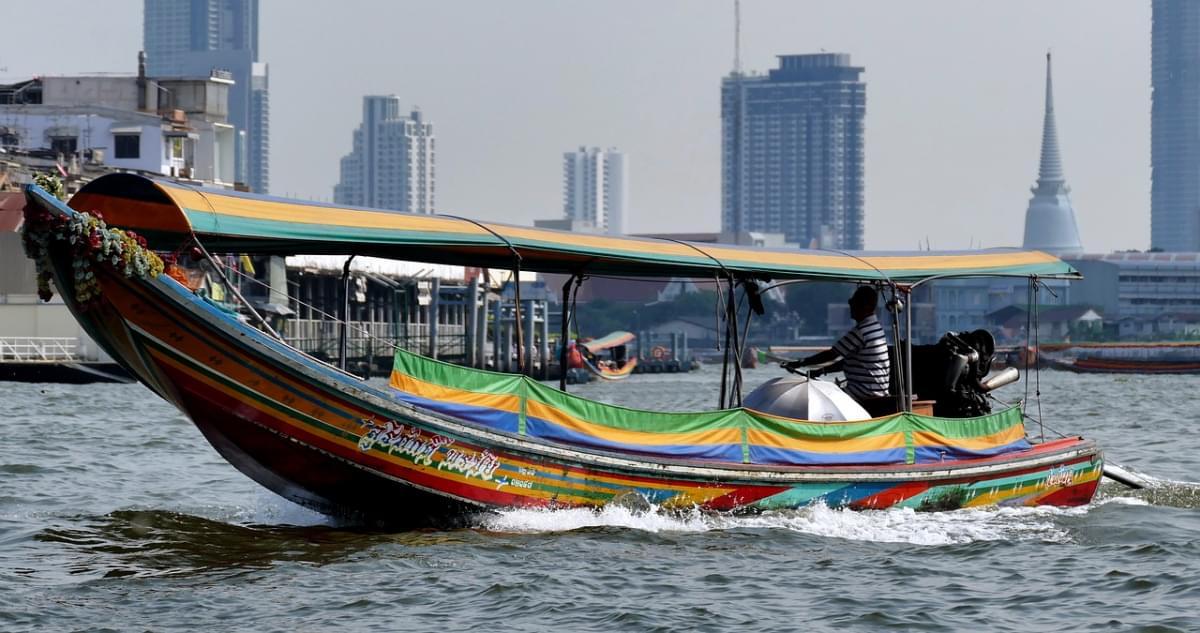
Any type of boat allows you to get around rather quickly and, above all, enjoy the panorama that the Chao Praya river offers. There are various companies to choose from; the best known is the Chao Praya Express Boat which comprises five lines of boats; the blue line is also called tourist boat because the itinerary, designed especially for tourists, touches the city's main attractions (Chinatown, Royal Palace, Wat Arun, Emerald Buddha Temple, Wat Po, Khao San Road).
Hours: generally 9am to 8pm, varies by company
Ticket price/single journey: THB 10.00 (€0.30) to THB 20.00 (€0.60) each way
Taxi
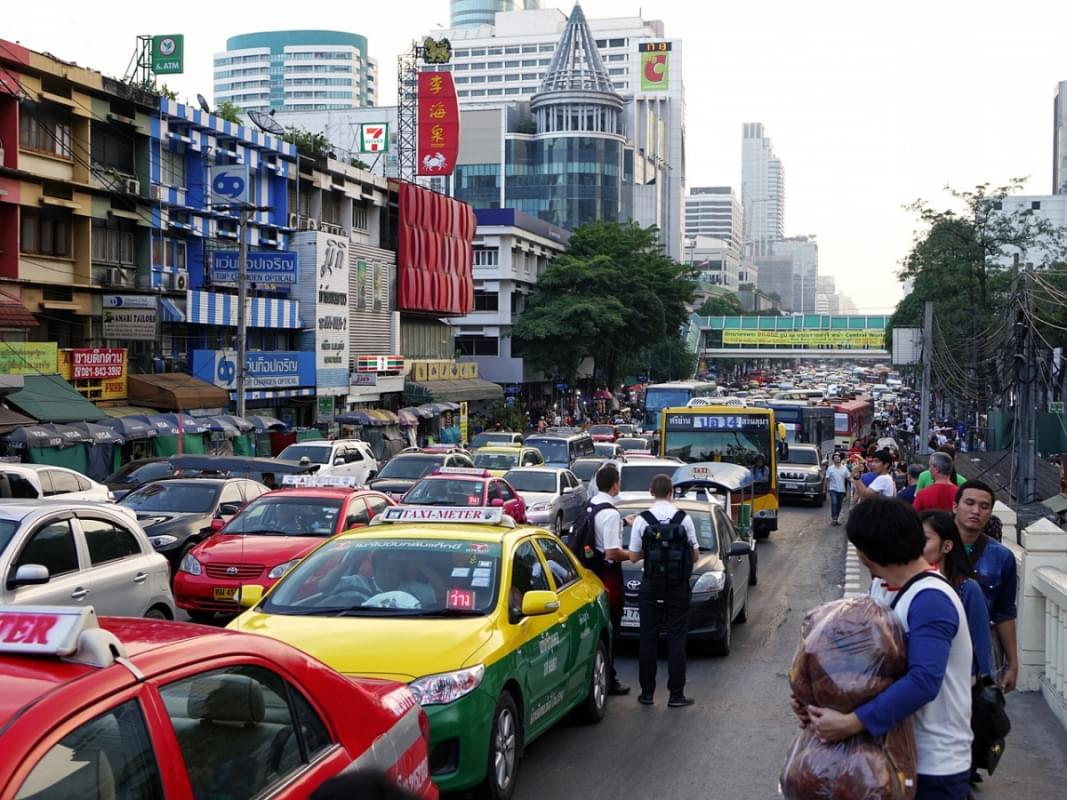
Before boarding the taxi, ask for confirmation about the use of the meter. You must demand it! Just ask: "Taxi meter?" If the taxi driver refuses, don't bother and look for another one. The fare starts at THB 35.00 (€1.00) and is valid for the first km. Thereafter, the fare increases by about THB 5.00 (€0.14) per km. Taxi drivers often do not speak English and cannot read maps. Ideally, you should show them the name or address where you want to go written in Thai. Always keep your hotel ticket handy, it will be useful when you return at the end of the day.
Hours: 24 hours
Cost of ticket/single ride: THB 35.00 (€1.00) first km + THB 5.00 (€0.14) each km
Tuk-Tuk
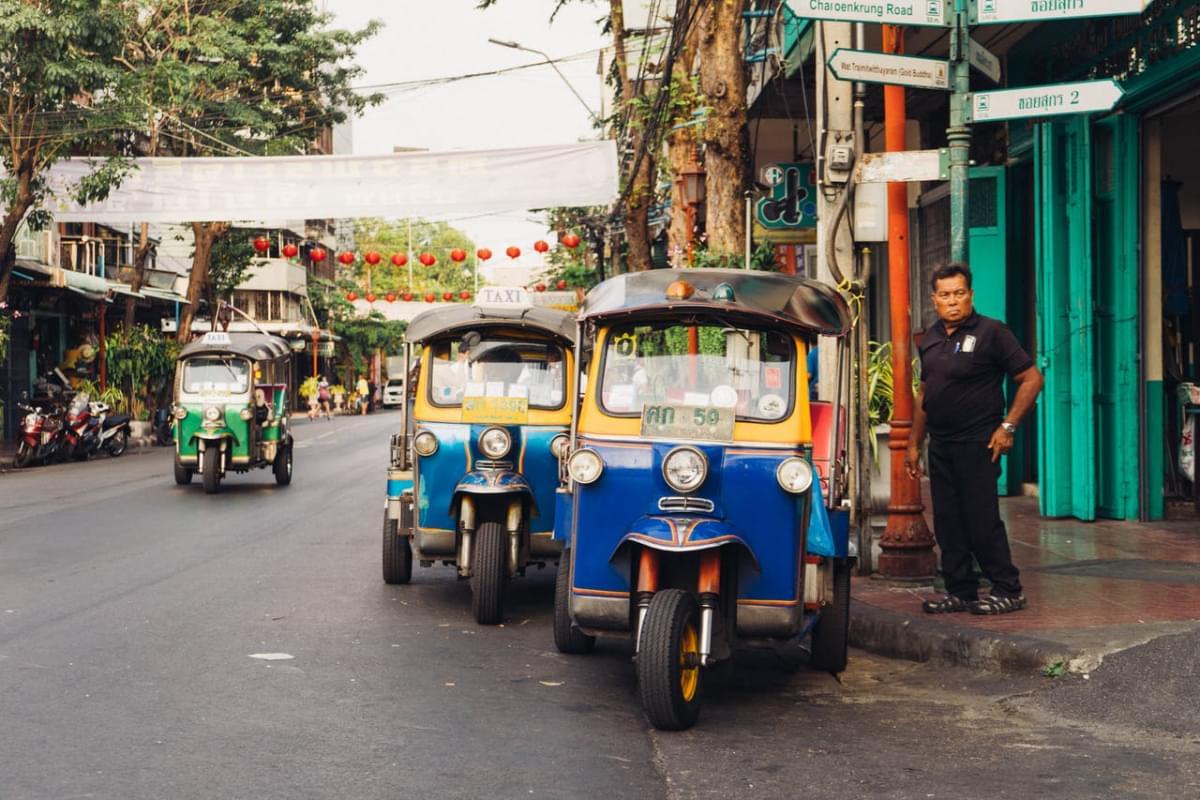
It is obviously a more agile and faster vehicle than the taxi, but it is equally true that it is more expensive in the event of an accident. However, it is mostly used for short journeys, also because after 10/15 min, the fun gives way to discomfort! A tuk-tuk ride is a fun experience that is part of local folklore. For a short ride, try it at least once! Of course, there is no price list. Haggle, haggle, haggle!
Hours: 24 hours
Cost of ticket/single ride: to be haggled over. Average of THB 80.00/100.00 (€2.30-2.80)
By car

Only after you have comfortably visited the capital with its efficient public transport, rent a car if you intend to go on an on-the-road trip to other parts of Thailand. And remember that driving is on the left and you need an international driving licence.
Related articles
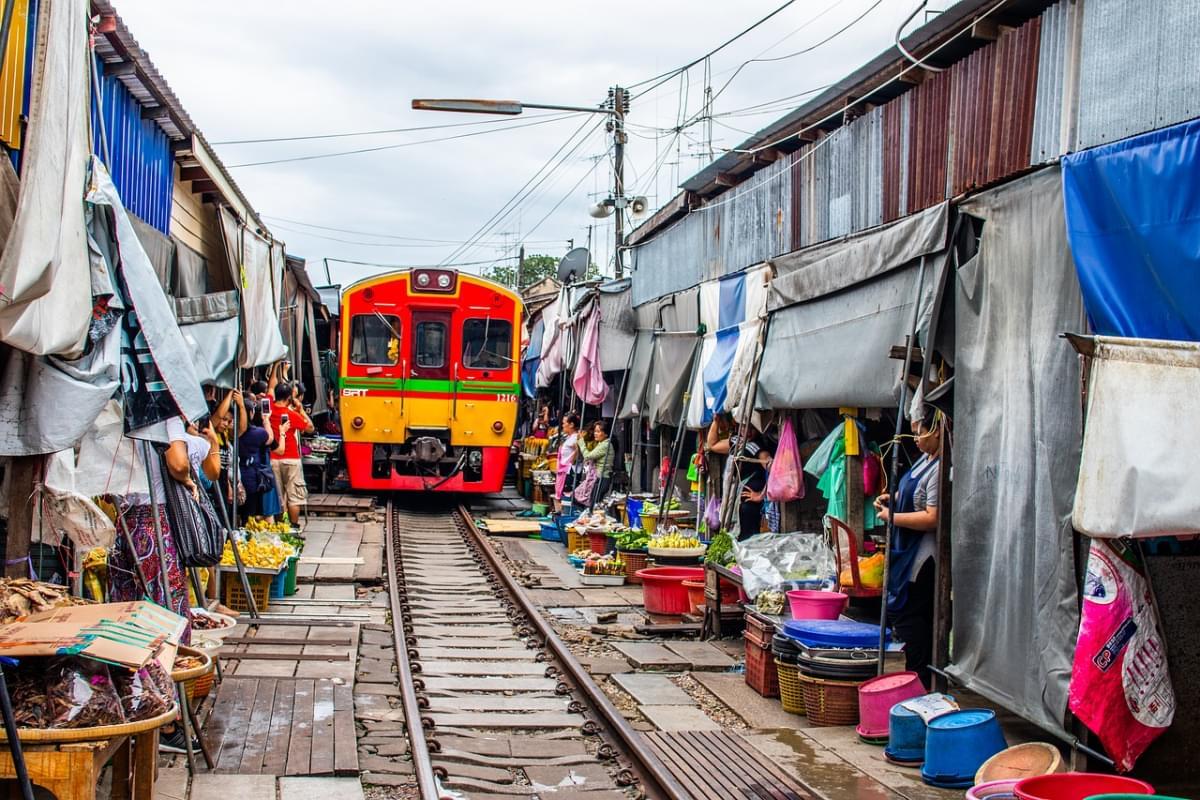
Excursions from Bangkok: the best day trips around Bangkok

10 Things to eat in Bangkok and where

Insider reveals Bangkok's street food hotspots
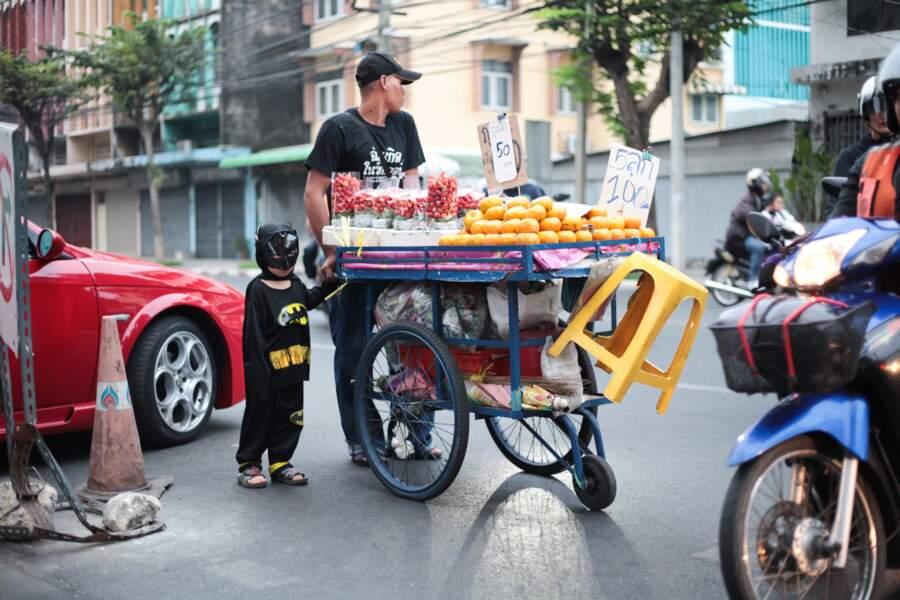
Getting lost in the streets of Bangkok
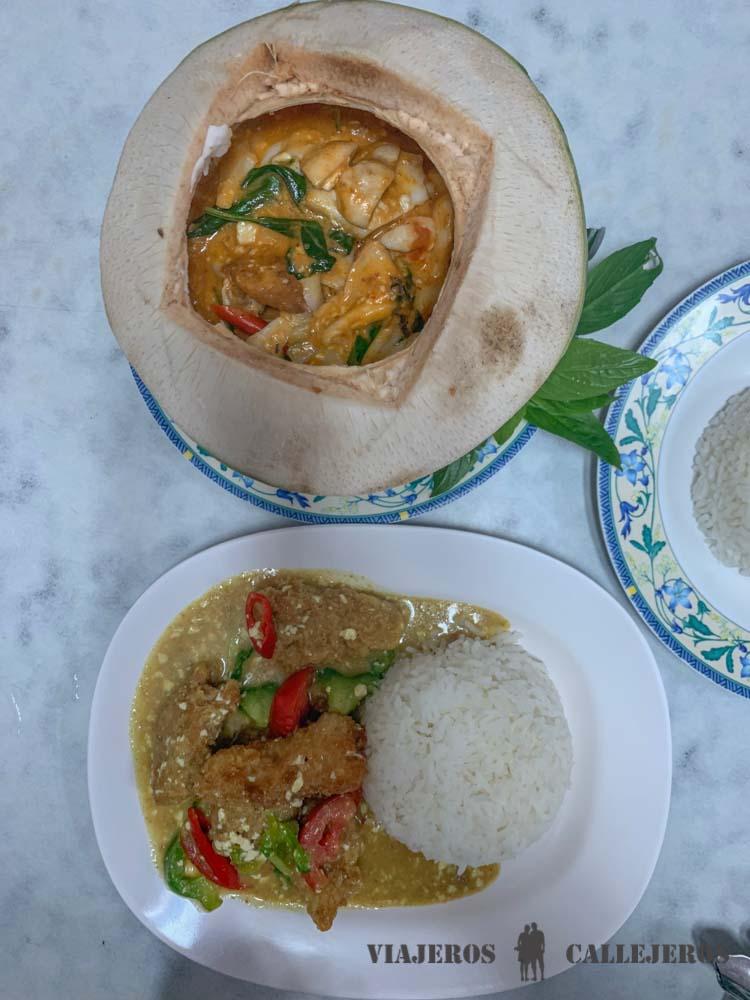
10 restaurants where to eat well in Bangkok
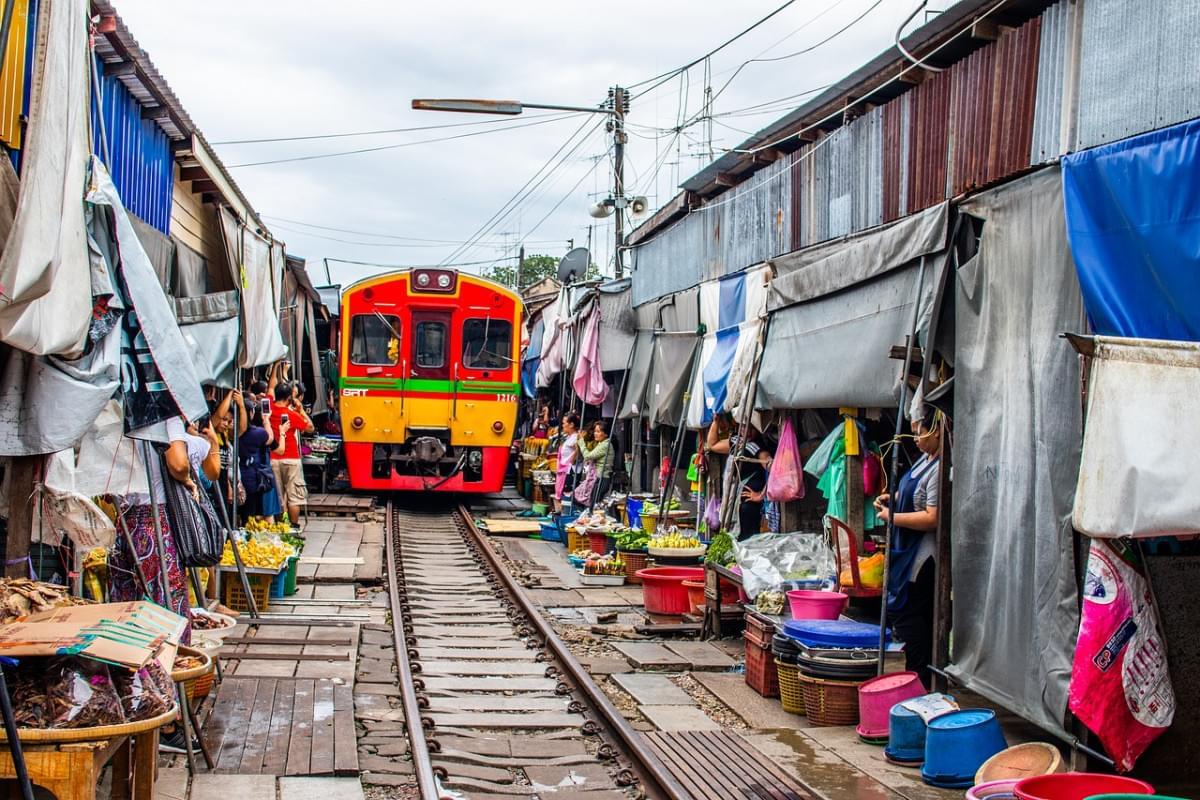
Visiting Maeklong Railway Market, Bangkok: Getting there, prices and tips
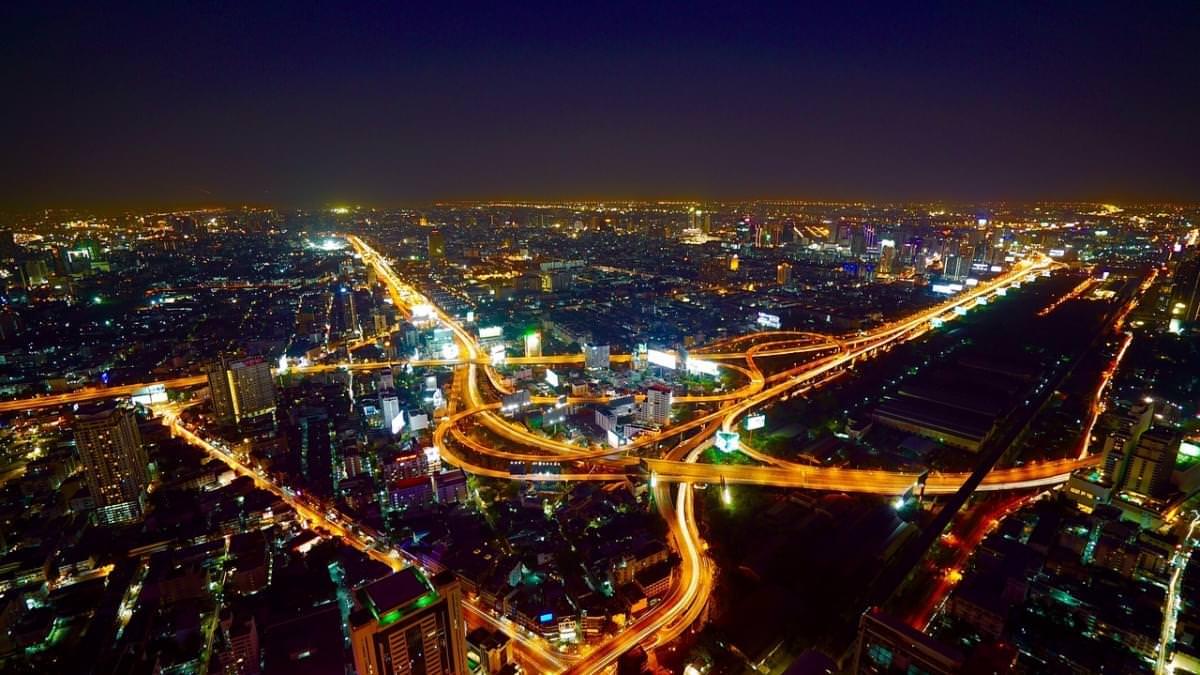
What to know for a Trip to Thailand
Travelogue Thailand - Round Trip Highlights & Tips